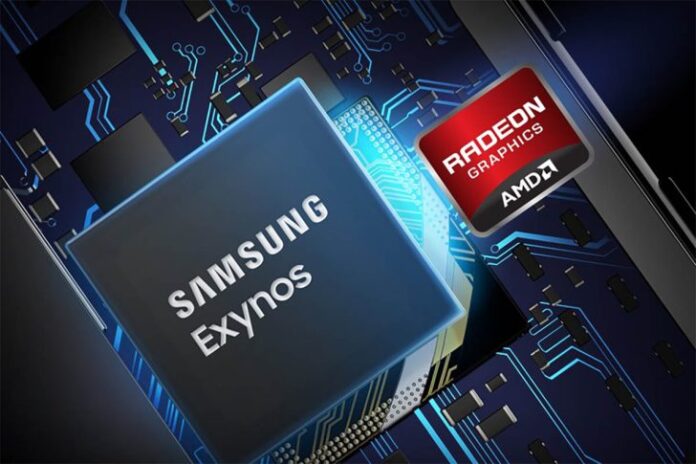
The upcoming Exynos 2400 might be the last Samsung SoC that comes outfitted with an AMD GPU, with the latest rumor claiming that the Korean firm wishes to develop its own custom solution. Earlier, it was reported that both companies had renewed a licensing agreement, but the terms may only have been valid for a limited time.
Underwhelming performance of the Xclipse 920 may have forced Samsung to pursue the development of a custom smartphone GPU
The Exynos 2500 has been in the rumor mill for months now, with claims being made that it is Samsung’s ‘Dream Chip’ and its launch will help strengthen the company’s position in a brutally competitive smartphone industry. On X, @OreXda has posted that ‘there are signs’ that the GPU collaboration between Samsung and AMD is coming to an end, as the former aims to seek independence by 2025 by developing a custom GPU.
However, this custom solution is only a part of the bigger picture, as the post states that Samsung intends to increase competitiveness in various sectors, including automotive and AI, and it appears that it can only be completed with an in-house GPU. Another reason why Samsung might be terminating its partnership with AMD is due to the underwhelming performance of the Xclipse 920 GPU that is a part of the Exynos 2200.
[Exclusive]
Within Samsung's LSI, there are signs of a move to terminate the current GPU collaboration with AMD and prepare for the development of its own GPU. pic.twitter.com/CBIeylI4vy— Connor / 코너 / コナー (@OreXda) October 4, 2023
Apart from delivering superior ray tracing performance compared to the Snapdragon 8 Gen 2, the GPU lags behind the competition in pure rasterization, and even though the Xclipse 940, said to be found in the upcoming Exynos 2400, boasts improved specifications on paper, it is likely that it will not fare any better. Samsung has been rumored to be developing a custom GPU before, but we had not heard any updates beyond that until today.
Samsung did employ the use of its custom Mongoose CPU designs before, but their poor performance and efficiency numbers against the competition forced the firm to abandon the use of future cores and stick with ARM’s designs, which it has done for a while now. Hopefully, a slew of these custom GPUs and other solutions help steer the company to a position where it can comfortably compete with the likes of Apple and Qualcomm.
WccftechContinue reading/original-link]




